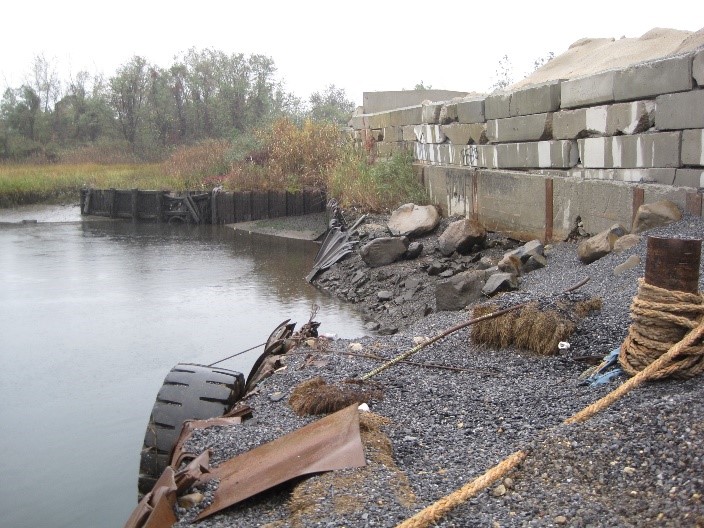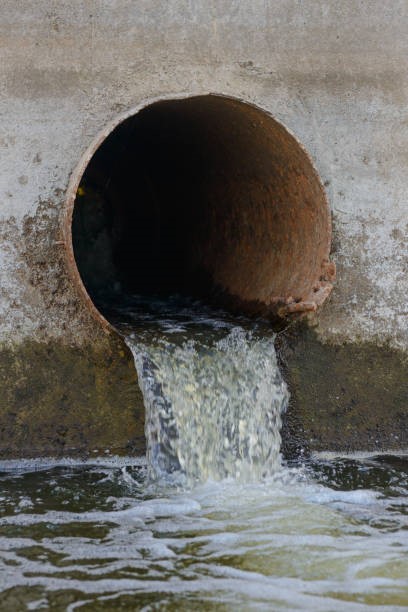
When it comes to facility stormwater discharge management in New York state, there can be confusion on what permitting is required and what the various acronyms like SPDES, NPDES, or SWPPP mean. In short, SPDES and NPDES, are related regulatory programs put in place to regulate stormwater discharges that may leave a facility and enter state or federal waterbodies, and a SWPPP is a plan required as part of a SPDES permit.
But what is a SPDES Permit? Is it different from NPDES?
The SPDES, or State Pollutant Discharge Elimination System, program is designed to eliminate the pollution of New York waters and to maintain the highest quality of water possible by regulating point sources that discharge potential pollutants to waters. In New York, authorization was given to the New York State Department of Environmental Conservation (NYSDEC), following the 1972 Clean Water Act, to perform many permitting, administrative, and enforcement aspects of the federal National Pollutant Discharge Elimination System (NPDES) program for different types of facilities, including industrial facilities, under SPDES. Accordingly, in New York State, a SPDES permit would be obtained in lieu of a NPDES permit.
When is a SPDES MSGP Permit Required?
A SPDES Multi-Sector General Permit (MSGP) for Stormwater Discharges Associated with Industrial Activity (Permit GP-0-17-004) is relevant when certain types of industrial activities listed within 40 CFR Part 122.26(b)(14)(i)-(xi) result in stormwater discharges to surface waters from a point source.
How long is a SPDES Permit Issued For?
SPDES permits that authorize discharge into surface waters are typically issued for up to five years while permits that authorize discharge into ground waters are typically issued for up to ten years.
What are the requirements for a facility under a SPDES MSGP Permit?
There are several requirements under a MSGP that must be completed on a routine basis including but not limited to comprehensive site inspections, annual dry weather flow inspections, and quarterly visual monitoring. It is important to ensure that these monitoring requirements are done properly in order to avoid any violations or contamination.

What is a SWPPP?
Part of obtaining a SPDES permit also involves the preparation and enforcement of a Stormwater Pollution Prevention Plan (SWPPP). While benchmark monitoring is important in determining the overall effectiveness of the SWPPP, ensuring your facility conducts Best Management Practices (BMPs) is a crucial way to mitigate surface water or groundwater contamination.
Walden Environmental Engineering PLLC has helped facilities, including industrial facilities who need MSGPs, across New York State obtain SPDES permits by preparing professional SWPPPs and helping clients meet their routine sampling/monitoring requirements. If you want to learn more about SPDES permits or SWPPP, give Walden a call at (516) 624-7200 as we have plenty of engineers who are experienced with USEPA and NYSDEC stormwater regulations.
